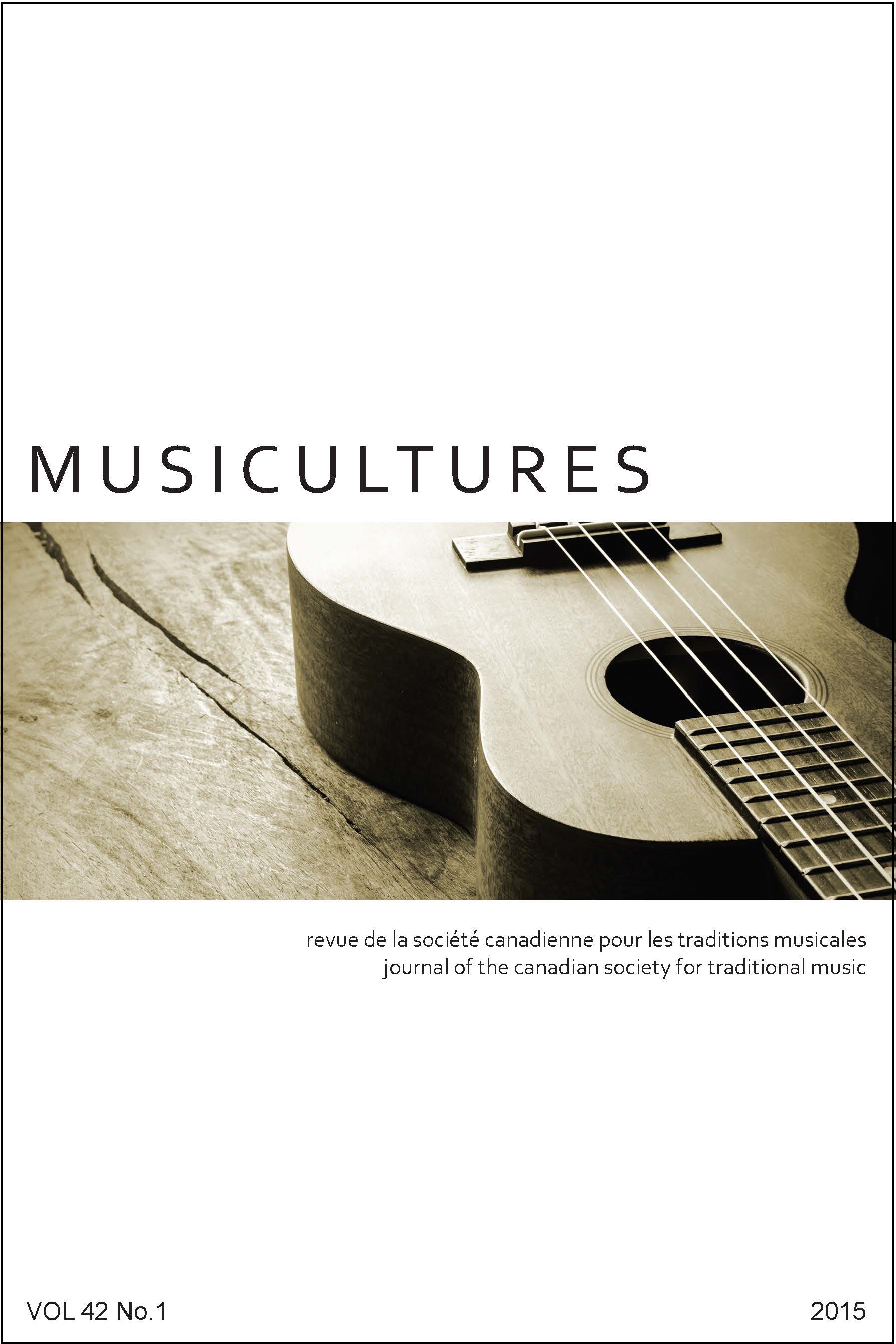Abstract
Toronto’s Hong Luck Kung Fu Club has promulgated martial arts, lion dance and percussion music since 1961. Drawing on my fieldwork there, this paper argues that these practices structure—and are structured by—a combative approach to rhythm. Students begin with martial arts and train without music, but percussion accompanies public demonstrations, creating an unfamiliar situation that I position as a distinct phase of the transmission process. Martial arts performances are both fuelled by musical energy and challenged by the requirement of remaining asynchronous to it. Lion dancers, however, treat drum patterns like signals coordinating manoeuvres on the performance battlefield.- The author retains copyright over the work.
- The author grants the journal owner (The Canadian Society for Traditional Music / La Société canadienne pour les traditions musicales) an exclusive license to publish the work.
- The author may post a pre-print or post-print version of the work (see definitions below) on a personal website for up to twelve months after the work is published in MUSICultures. After twelve months, the pre-print version must be replaced with the published version.
- The author may deposit the published PDF of the work in a non-commercial online repository twelve months after the work is published in MUSICultures, or any time thereafter.
- Any such deposit must include a link to the work on the MUSICultures website, e.g., https://journals.lib.unb.ca/index.php/MC/article/view/19996
A pre-print is a work-in-progress—a contribution not yet accepted, or perhaps even submitted, to MUSICultures.
A post-print is the version of a contribution after peer review and acceptance by MUSICultures, with revisions completed.
The published version is the PDF file of a contribution as it appears in MUSICultures.
Please note that academia.edu and ResearchGate.com are both for-profit repositories; authors may not deposit the published PDF of the work in these repositories until after the journal’s embargo period.
For permission to reprint or translate material from MUSICultures, please contact Heather Sparling, General Editor of MUSICultures (heather_sparling@cbu.ca).

